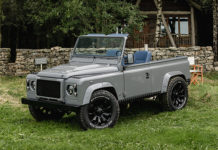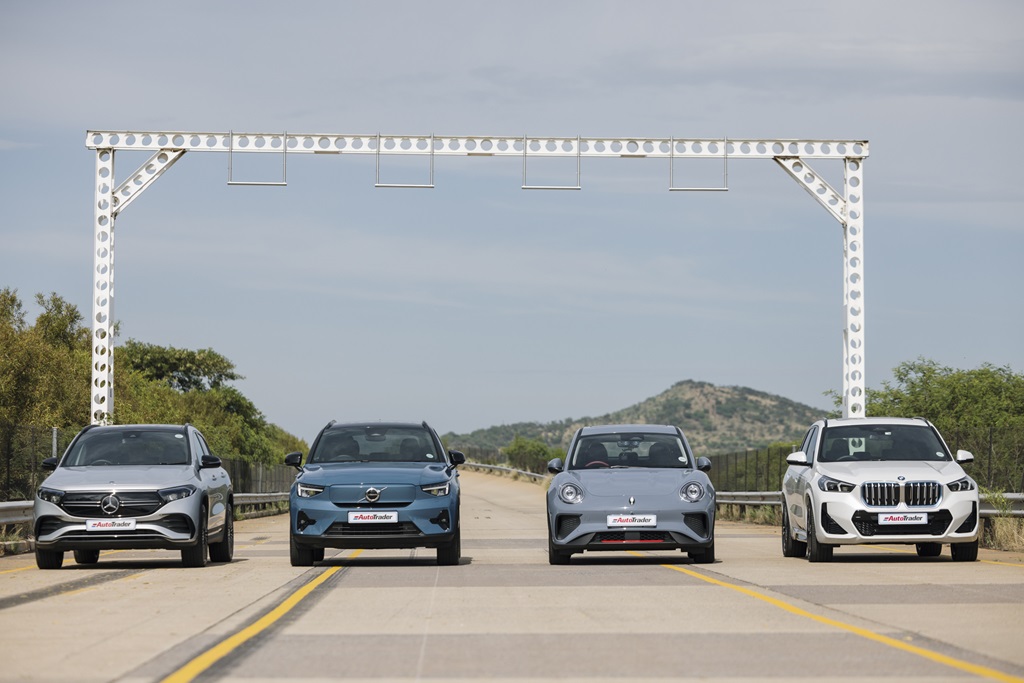Exactly one hundred years ago, on 27 July 1917, Ford Motor Company set off on an adventure that would change the automotive industry forever. It began with the Model TT, a small truck based on the hugely successful Model T car, and grew, over the course of a century, into the world’s best-selling bakkie manufacturer.
Over the years, Ford bakkies have been used by farmers, families, soldiers, construction workers and adventure seekers. It is this versatility, capability and reliability that has propelled the company to so many decades of sales leadership, as shared in this look back through history.
But these achievements didn’t happen overnight. What follows is a tale of time, vision, innovation, and the constant quest to deliver bakkies that meet and exceed even the greatest expectations.
It was the best of times
The year was 1917, and nine years on from the release of the Model T, customer demand was for a vehicle that was tougher and more capable than anything that had gone before. Up stepped the Model TT.
Able to haul a payload of one ton, the TT helped change the way the world did work. Originally sold as a chassis only, with buyers supplying their own body, Ford went on to sell almost 1.3 million TTs until it was replaced in 1928 by the Model A and AA, the latter one of the earliest members of the Ford dynasty of bakkies.
“With vehicles such as these early pickups, Ford began changing the perception of trucks,” says Robert Kreipke, Ford’s Corporate Historian. “Whereas at one time trucks were considered purely work tools, Ford began to evolve them into a much more balanced vehicle for both work and recreational use.”
“These trucks provided inspiration for the later development of vehicles such as the F-Series and Ranger, which have been hugely successful across diverse markets all over the world,” said Kreipke.
The Tough that Ford Built
In 1976, a copywriter for a Ford truck magazine advertisement wrote three simple words: Built Ford Tough, the phrase that would come to epitomise Ford’s commitment to creating strong, capable, safe and powerful bakkies. It now defines what customers across the world have come to expect from the Blue Oval brand.
One of the first mass-produced Built Ford Tough vehicles was the Ford Ranger, the company’s first compact bakkie introduced in North America in 1982.
Originally designed and built in the US, Ranger’s reputation as a tough, smart and capable vehicle quickly caught on, leading it to thrive in a number of diverse markets around the world. It is now the most bought midsize bakkie in Europe, South Africa, New Zealand, and a number of other key markets.
In South Africa, Ford first manufactured Ranger in 2001 at the Silverton Assembly Plant in Pretoria. The Ford Ranger is now South Africa’s favourite new vehicle, topping sales in both the light commercial vehicle (LCV) segment and the overall industry.
So while the styling, power and capability of the Ford bakkie have all changed since the first Model TT rolled off the assembly line a hundred years ago, the company’s core mission to provide vehicles that address and surpass customer demands has remained the same, surviving even the greatest test of all – time.
Ford Facts:
- The Model A, and subsequently the Model AA, were the first vehicles to sport an early version of the Ford script in an oval badge
- In 1941, Ford temporarily put a stop to all civilian vehicle production and began producing the first ‘general purpose’ vehicles – GPs, or jeeps – to assist the Allied effort in WWII
- The Ranger, which is produced at Ford’s Silverton Assembly Plant in Pretoria, is exported to over 148 markets in Europe, the Middle East and Africa. The plant underwent a $9.5-million upgrade to its production line earlier this year.
- The Ford Ranger is the best-selling vehicle in South Africa for 2017. Ford sold 17,014 units in the first half of the year, while a further 25,399 were exported.


























